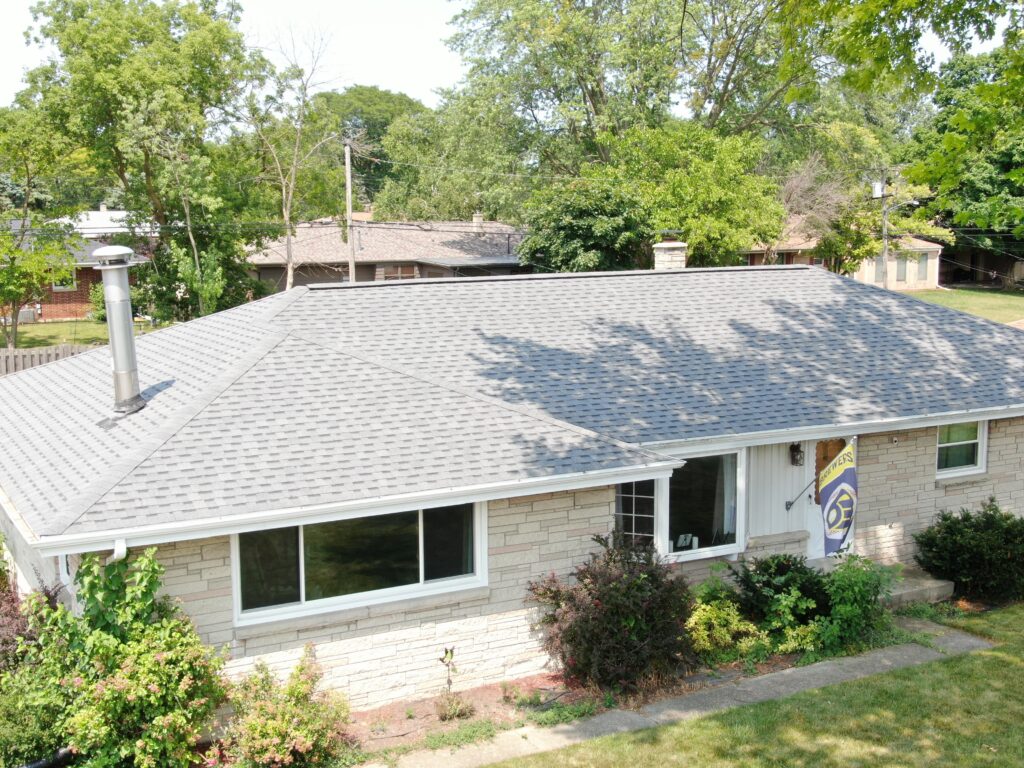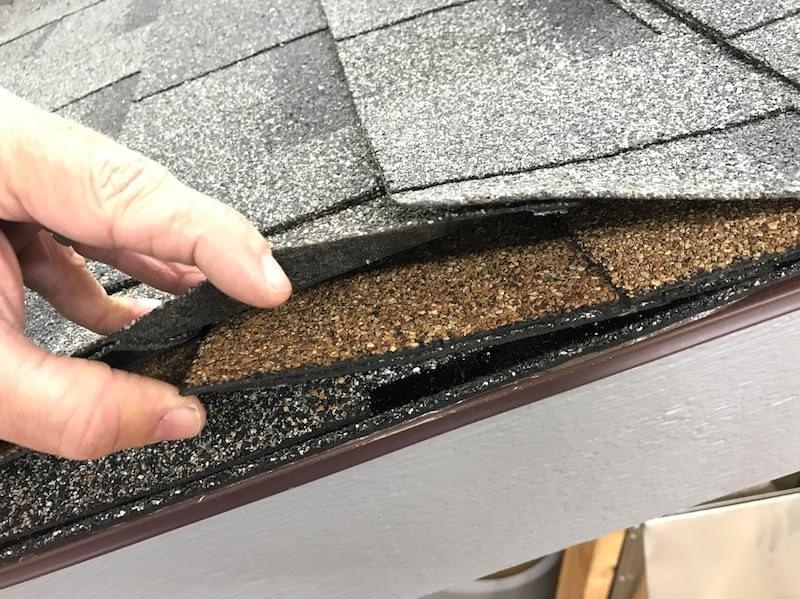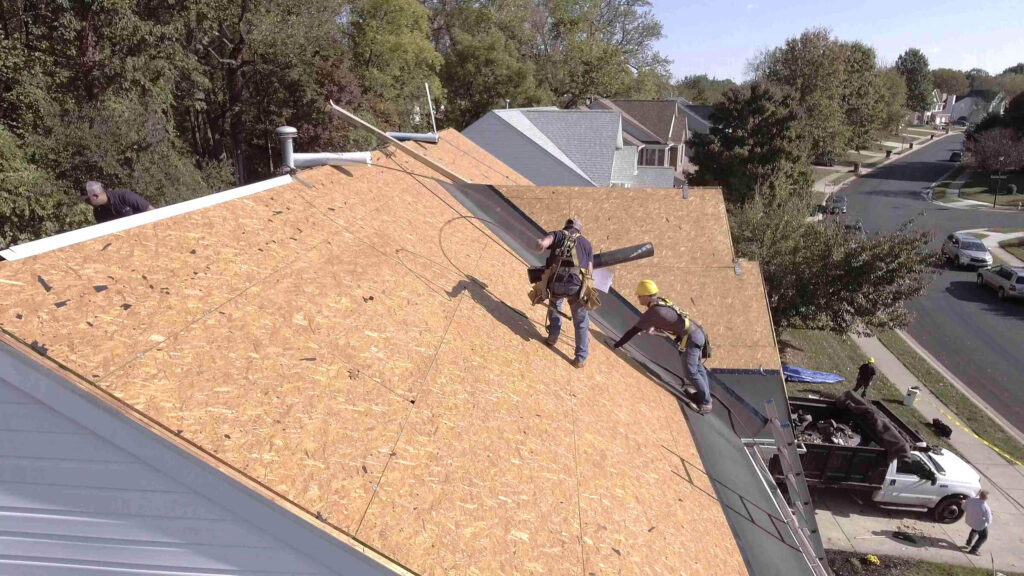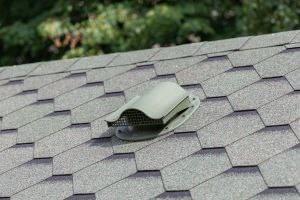Is Your Roof Up To Code? (3 Things to Know)

Being a homeowner is a great source of pride – but also a great source of responsibility. To keep your home safe, you must keep up with all facets of your home and keep them in top-notch condition.
City and state codes help outline what a must have and how it should be maintained so homeowners know their responsibilities. If you own a home, you must understand these codes and keep your home up to their standards.
When it comes to your home, the roof is one of the most critical components that ensure protection, comfort, and structural integrity. But how can you be sure that your roof meets the necessary standards for safety and compliance?
Rescue My Roof has been a leading Wisconsin roofing contractor for over a decade, helping homeowners achieve efficient, safe, and up-to-code roofs. We navigate Wisconsin roofing codes so you don’t have to.
Do you need help with the roofing codes designed to keep your home safe? Don’t worry.
In this article, we’ll delve into the importance of having a roof that is up to code, the key elements that roofing regulations encompass, and the steps you can take to ensure your roof is in full compliance.
Ultimately, you’ll know whether your roof is in good shape or needs an upgrade.
Understanding Roofing Codes
Roofing codes are regulations and guidelines established by local, regional, and national authorities to ensure roofs are constructed, repaired, and maintained safely and effectively. These codes cover various aspects of roofing, including design, materials, installation, ventilation, and fire safety.
The Importance of Compliance
Ensuring your roof is up to code isn’t just about following rules; it’s about safeguarding your home, loved ones, and investment. Here’s why compliance matters:
- Safety: Roofing codes are designed to enhance the structural integrity of your home and protect occupants from potential hazards, such as collapse or fire.
- Insurance Coverage: Many insurance policies require that your roof meets specific code requirements. A non-compliant roof may lead to coverage denials in case of damage.
- Resale Value: A roof that meets or exceeds code standards adds value to your home and makes it more attractive to potential buyers.
- Energy Efficiency: As mandated by codes, proper ventilation and insulation contribute to improved energy efficiency and lower utility bills.
3 Key Aspects of Roofing Codes
Roofing codes encompass many factors that contribute to a safe and well-functioning roof. Here are the top three roofing codes homeowners should be aware of:
1. Maximum Layers On A Roof

When homeowners want a cosmetic roof upgrade but want to save on costs, they may install a layer of shingles over the existing roof – known as a roof layover.
However, there are downsides to a layover. And roofing codes allow only two layers maximum on a roof – and the layers must be the same type of asphalt shingles.
2. Roof Decking Requirements

Roof Decking is the foundation of your roof made of wooden boards. Those boards are meant to have gaps – but a gap too large can leave your roof structurally unstable and prone to leaks.
Roofing codes require the gaps to not exceed 1/4th inch. You may be able to see the board’s gaps in your attic. If the gaps are larger than 1/4th of an inch – your roof may have been installed before the code’s update, and you are grandfathered in.
However, once you replace your roof, the contractor can replace all decking and bring it up to code.
3. Ventilation Requirements

Code requires 1 square foot of net free ventilation (the amount of clear air space of a vent) for every 150 square feet of attic floor space. For example, 2,200 sq. ft. of attic space divided by 150 equals 14.67 sq. ft. of required ventilation.
Essentially, you must have a minimum amount of ventilation depending on how big your attic is. Homeowners typically don’t calculate the numbers – they can leave that to the professionals.
With the right amount of ventilation, you can avoid issues with leaks, moisture damage, and mold growth in your attic space.
Ensuring Your Roof Is Up to Code
Roofing codes are meant to keep your home safe – so it’s essential to follow them. Following shingle, decking, and ventilation requirements will keep your home and family safe.
However, if you’re worried your home is not up to the current codes and you have a roof replacement in the future, you can find a reputable roofing company to install your new roof up-to-code.
Read “What to Expect at Your Roof Replacement” and “5 Signs It’s Time for an Asphalt Roof Replacement” to learn more about the roof replacement experience.
Are you ready to keep your home safe with a roof inspection? Rescue My Roof is ready to help. Contact us today to get a free estimate.

